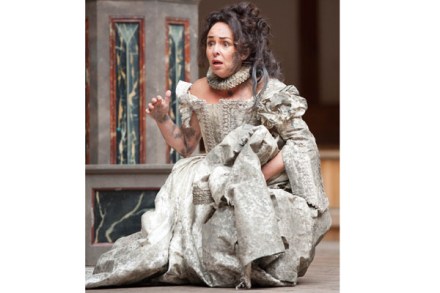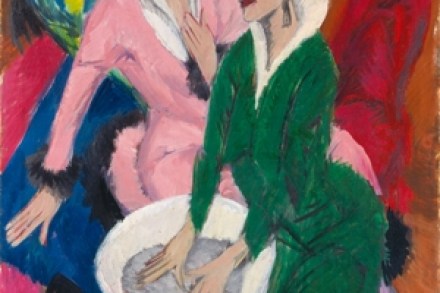Double vision
Michael Frayn is a schizophrenic. His creative personality bestrides the English Channel. When he’s at home he writes traditional West End farces with amusing titles and plenty of jokes. When he sits at his European desk he comes up with dour, static, talk-heavy historical dramas with boring titles and no jokes at all. Democracy, written in 2003, is a classic Euro-bureau production. Frayn invites us to examine Willy Brandt’s stewardship of West Germany in the early 1970s. Willy is referred to throughout as ‘Villy’ which, for some reason, sounds even more silly than just Willy. Chancellor Villy has a couple of problems. He’s an idealist and he wants the free













